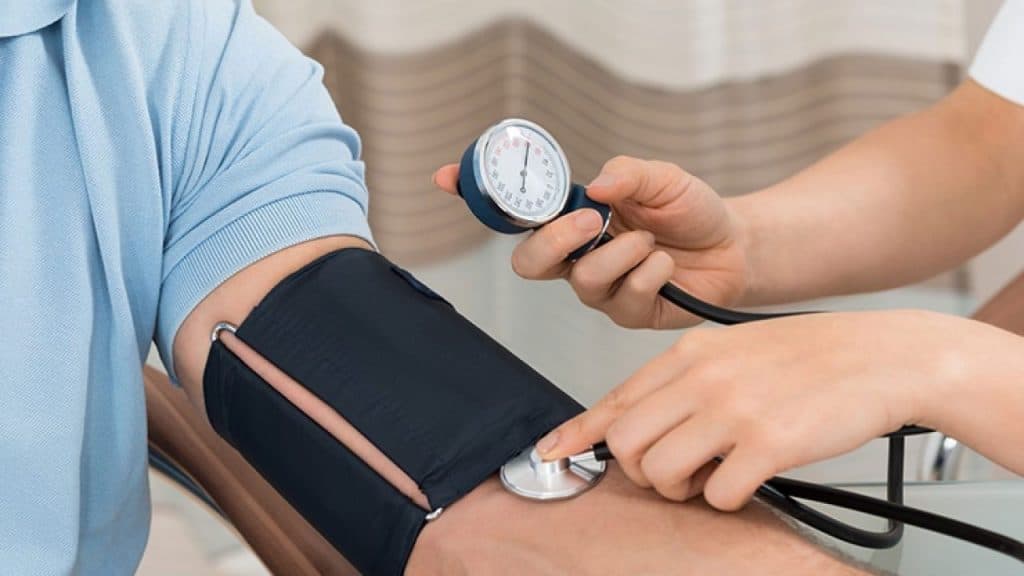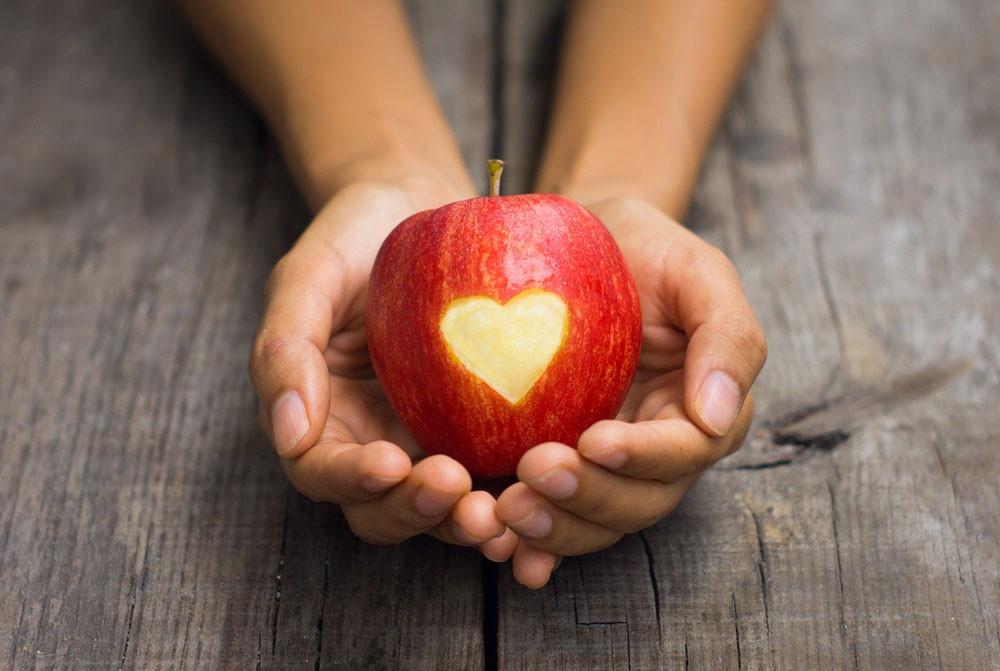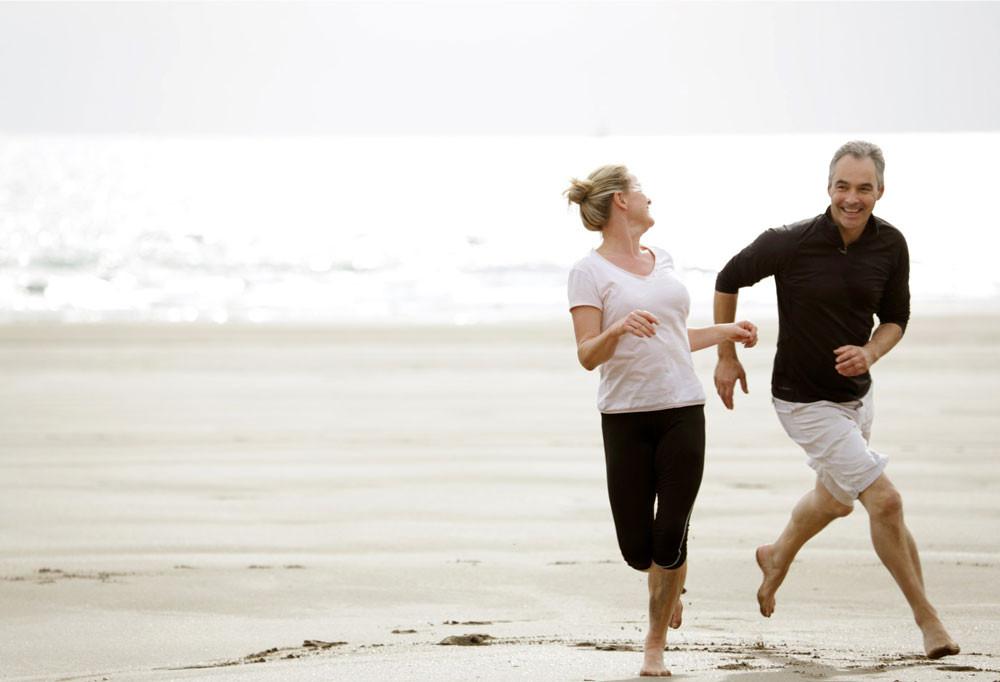Low blood pressure, or hypotension, probably doesn’t get as much attention as its cousin, hypertension (high blood pressure). However, that doesn’t mean it’s not a significant condition that can have some major effects on the body that you may need to look out for.
There’s only one way to find out whether you have hypotension, and that is by measuring your blood pressure. You can do this at home if you have a blood pressure monitor, or it can be done by your doctor.
If regular blood pressure is around 120/80 and high blood pressure is 140/90 or more, then low blood pressure is 90/60 or below. It’s a way of measuring the force of the blood pumping round the body as the heart expands and contracts. For many people, hypotension won’t even show any symptoms and they don’t need to worry about it.
For other people, low blood pressure can show in a variety of ways. It might cause dizziness or weakness. It might even make you faint. Other potential problems include confusion, blurred vision and feeling sick. In some cases, these symptoms may only emerge when you stand or sit too quickly, which is known as orthostatic or postural hypotension.
Postural hypotension is something many people will experience at some point in their lives, but it’s generally a transient condition. It’s more common in the elderly and those who have regular hypotension. Basically, it means the blood vessels and nervous system have a delayed reaction when you stand, reducing both the flow of blood to the brain and your heart’s output.
In general, hypotension has a range of possible causes. People who are particularly fit and exercise a lot will often have low blood pressure, and this isn’t normally something to worry about. It can also change because of the time of day or your mood and activities. You can inherit hypotension from your parents, and you’re more likely to develop it as you get older or when you’re pregnant.
The most common cause of low blood pressure is what’s known as hypovolemia, which is when you have low blood volume, or not enough blood in your circulatory system. Other causes and associated conditions include heart and endocrine (hormonal) problems, anemia, vasodilation (widening of the blood vessels), diabetes and the side effects of certain medications.
There are ways you can reduce or alleviate the symptoms of low blood pressure by yourself. These include being more careful when sitting or standing up instead of moving quickly or suddenly. Avoid sitting or standing in one position for too long. Propping up the head of your bed by about six inches can also help. You should try to drink plenty of water, and keep meals small but relatively frequently (don’t get up too quickly after eating either) while avoiding too much alcohol or caffeine.
Should you need intervention from your doctor, they may recommend wearing support stockings, which can improve your circulation, including your blood pressure. Medication isn’t a very effective way to treat hypotension itself, but adjusting or changing your medication for other conditions may reduce symptoms. In general, treating any underlying conditions contributing to hypotension, along with lifestyle changes, is the best way to manage it.




